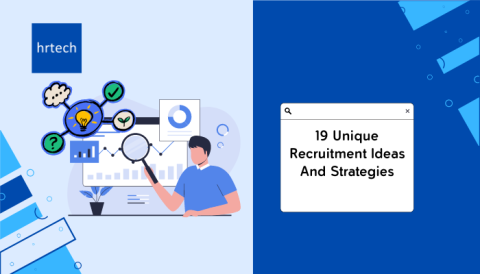TL;DR
- HR recruiting is not just about filling jobs—it’s about building high-performing teams that drive culture, innovation, and results.
- It includes everything from workforce planning and sourcing to interviewing, onboarding, and retention strategies.
- There are multiple types of recruitment—internal, external, diversity-based, campus, and online—each suited for specific goals.
- The selection process involves screenings, tests, interviews, background checks, and offer negotiations to ensure the best fit.
- Strategies like employer branding, data-driven hiring, quiet hiring, and internal mobility help optimize modern recruitment.
- An effective recruiting strategy improves team performance, employee satisfaction, and long-term business outcomes.
- Tools like ATS, recruitment analytics, and services from trusted partners like TeamLease can boost efficiency and success.
Introduction
HR recruiting isn’t just about posting jobs and filling positions—it’s about strategically building teams that drive performance, culture, and innovation. Every successful organization relies on a solid recruitment process to attract, evaluate, and onboard the right talent.
This blog breaks down the essentials of HR recruiting, from understanding different recruitment types and selection methods to implementing tools, strategies, and metrics that lead to smarter hiring decisions. Whether you’re refining your existing process or building it from scratch, this guide offers the insights you need to get it right.
Understanding the Recruitment Process
Recruitment is more than just hiring—it’s a critical function that connects organizational needs with the right talent. But before diving into the process itself, it’s important to distinguish recruitment from talent acquisition, as both terms are often used interchangeably, yet they serve different strategic goals.
1. Recruitment vs. Talent Acquisition
Recruitment refers to the immediate, short-term process of identifying and hiring candidates to fill current job openings. It’s reactive in nature—activated when a role becomes vacant or a new position is created. The focus is typically on speed and efficiency.
Talent acquisition, on the other hand, is a broader, long-term strategy aimed at building a continuous pipeline of skilled individuals who align with the company’s future goals. It includes employer branding, relationship-building, workforce forecasting, and succession planning.
2. Key Steps in the Recruitment Process
An effective recruitment process is a blend of planning, execution, and evaluation. Here are the main stages:
- Workforce Planning
Before posting any job, HR must understand the current and future talent needs of the organization. This involves analyzing staffing gaps, turnover trends, business goals, and skill requirements to create a clear hiring roadmap. - Crafting a Job Description
A well-defined job description serves as the foundation of the hiring process. It outlines the role’s responsibilities, required qualifications, experience, and desired attributes. This not only helps attract the right candidates but also sets expectations early on. - Candidate Sourcing
This involves identifying where and how to find potential applicants. HR teams may tap into job boards, recruitment agencies, social media platforms, employee referrals, or even internal talent pools depending on the role. - Application Screening and Shortlisting
Once applications come in, recruiters filter them based on key criteria such as qualifications, skills, and experience. Many organizations use Applicant Tracking Systems (ATS) to automate and streamline this step. - Interviews and Assessments
Shortlisted candidates are invited for one or more rounds of interviews, ranging from HR screening to technical and behavioral interviews. Skill tests, psychometric evaluations, and situational tasks may also be used to assess fit. - Reference and Background Checks
To ensure accuracy and integrity, references from past employers are verified, and background checks may be conducted, especially for roles involving sensitive information or financial responsibility. - Offer and Onboarding
Once a candidate is selected, an offer letter is extended. After acceptance, the onboarding process begins, introducing the new hire to the company’s culture, policies, team, and expectations, ensuring a smooth transition.
Each of these stages plays a vital role in creating a structured, fair, and effective recruitment experience. When managed well, the process not only brings in quality talent but also builds a positive impression of the company among job seekers.
Consider exploring platforms and partners who specialize in identifying and connecting with top talent, such as those provided by TeamLease, to enhance your sourcing strategy.
Before we dive into selection processes, let’s explore the various recruitment types that HR teams are embracing today.
What are the Different Types of Recruitment?
Recruitment can take many forms, and choosing the right type depends on factors like urgency, budget, company culture, and long-term talent goals. Here are six key types of recruitment methods used by modern HR teams:
1. Internal Recruitment
Internal recruitment involves sourcing talent from within the organization. It includes:
- Promotions – Elevating employees to higher roles.
- Lateral Transfers – Shifting employees to different departments or positions at the same level.
- Employee Referrals – Relying on current employees to recommend candidates.
Benefits:
- Saves time and money
- Boosts morale and engagement
- Strengthens internal mobility and loyalty
2. External Recruitment
This type brings in new candidates from outside the organization. Methods include job advertisements, recruitment agencies, and headhunters.
Benefits:
- Access to a broader talent pool
- Brings in fresh ideas and innovation
- Ideal for new departments or specialized skills
3. Diversity Recruitment
Focused on building inclusive teams by attracting candidates from diverse demographics, including race, gender, ethnicity, age, and more.
Benefits:
- Encourages creative problem-solving
- Enhances brand image
- Improves team performance and innovation
4. Online Recruitment
Leverages digital tools and platforms to source candidates. Examples include LinkedIn, Glassdoor, job boards, and company websites.
Benefits:
- Wide-reaching and fast
- Cost-effective
- Easily trackable and automated
5. Campus Recruitment
Campus recruitment focuses on hiring fresh graduates and young talent directly from colleges and universities. This is often done through:
- Campus drives
- Internship-to-hire programs
- University placement partnerships
Benefits:
- Taps into enthusiastic, moldable talent
- Great for building future leadership pipelines
- Cost-effective for entry-level positions
When to Use:
- For hiring interns, trainees, or entry-level employees
- To build long-term talent pipelines and reduce future recruitment time
Let’s dive into the pivotal selection process that ensures you choose the right candidate every time.
Selection Process in Recruitment
A successful recruitment process doesn’t end with receiving applications—it truly begins when candidates are evaluated through a structured selection process. The goal is to ensure that the right individual is chosen not just based on their qualifications but also their potential to perform, grow, and fit within the organizational culture.
Here’s a detailed breakdown of the key steps involved in the selection process:
1. Application and Resume Reviews
The process starts with filtering applications to identify candidates who meet the minimum role requirements.
How it’s done:
- Automated Screening via ATS – Applicant Tracking Systems helps filter out irrelevant applications using keyword-based algorithms.
- Manual Review – HR professionals assess shortlisted resumes for clarity, consistency, relevant experience, and career trajectory.
Focus Points:
- Job-specific skills and achievements
- Educational background
- Red flags such as frequent job changes
- Overall presentation and formatting
2. Pre-employment Screening Tests
Before moving to interviews, many companies conduct standardized pre-employment tests to evaluate specific skills or aptitudes. These can vary depending on the role.
Types of tests include:
- Aptitude and reasoning tests – To assess problem-solving, logic, and analytical thinking
- Language proficiency or writing tests – Particularly for content or communication roles
- Coding/technical challenges – For software or IT positions
- Situational judgment tests (SJT) – To see how candidates respond to workplace scenarios
Why it matters:
These assessments provide objective insights into a candidate’s capabilities and potential to succeed in the role.
3. Interviewing and Assessments
Once candidates pass initial screening and testing, they undergo multiple rounds of interviews and job-specific evaluations.
Interview stages may include:
- HR Screening Interview – To discuss availability, salary expectations, and interest in the role
- Technical Interview – To dive into core skills and role-specific expertise
- Behavioral Interview – To evaluate soft skills and culture fit using situational questions
- Panel or Final Interview – Often includes team leads or senior management
Additional assessments might include:
- Case studies or presentations
- Psychometric testing
- Team-based exercises
4. Reference and Background Checks
Before a final decision is made, employers conduct thorough checks to validate a candidate’s history.
Reference Checks:
- Gather feedback from past supervisors or colleagues
- Assess soft skills like communication, teamwork, and punctuality
Background Checks:
- Verify academic records, past employment, and certifications
- Check criminal background, credit score (for finance roles), and legal status if needed
Purpose:
To ensure the candidate is trustworthy, qualified, and accurately represents themselves.
5. Final Offer Discussion & Negotiation
Once a candidate clears all prior steps, the company initiates the offer process.
What this includes:
- Salary discussion – Aligning compensation with expectations and market standards
- Benefits explanation – Covering perks, health coverage, remote options, and bonuses
- Notice period and joining date – Confirming availability and onboarding schedule
- Negotiation – Addressing any concerns before the final offer is signed
Why it’s important:
A transparent and respectful negotiation builds trust and ensures the candidate is fully committed to joining.
6. Offer and Onboarding
Once the offer is accepted, onboarding begins—a critical step in setting the tone for the new hire’s journey.
Effective onboarding includes:
- Providing necessary resources and access
- Introducing the team and setting early expectations
- Training sessions, documentation, and check-ins
Goal:
To make the new hire feel welcomed, informed, and ready to contribute from day one.
For a more tailored solution, TeamLease offers systems that prioritize efficiency and candidate quality.
Let’s switch gears and delve into the strategic side of things. Here’s where you can discover key HR strategies that pack a punch.
What are the Key HR Recruitment Strategies?
Recruitment today is more than just filling vacancies—it’s about creating a strategic and scalable approach to finding and retaining top talent. Below are six powerful recruitment strategies, formatted for clarity and actionability:
Strategy 1: Craft Impactful Job Descriptions
Why it matters:
Your job post is the first handshake with potential talent—it must be clear, honest, and appealing.
What to include:
- Clear role title and reporting structure
- Primary responsibilities and performance goals
- Required and preferred skills
- Team dynamics and company culture
- Perks, benefits, and opportunities for growth
Pro Tip: Use inclusive language and avoid buzzwords. Candidates should easily picture themselves in the role.
Strategy 2: Source Candidates from Multiple Channels
Why it matters:
Casting a wider net improves your chances of attracting high-quality, diverse candidates.
Effective sourcing platforms:
- LinkedIn – For professional and leadership roles
- Social media – Instagram and Twitter work well for creative and startup roles
- Employee referrals – Tap into trusted networks
- Job fairs & campus drives – Ideal for early talent pipelines
- Freelance marketplaces – Great for hiring on-demand specialists
Pro Tip: Track sourcing effectiveness with analytics (e.g., conversion rates by source).
Strategy 3: Explore Innovative Hiring Trends
Why it matters:
Modern hiring challenges require flexible and future-forward solutions.
Emerging practices:
- Quiet Hiring – Reassign or upskill current employees to cover skill gaps
- Contract-Based Hiring – Bring in experts for project-based or seasonal needs
- Internal Mobility – Create a talent marketplace within your own organization
Pro Tip: Quiet hiring helps avoid the cost and time of full-time recruitment while building loyalty among current employees.
Strategy 4: Strengthen Employer Branding
Why it matters:
Top candidates often research a company before applying. A strong employer brand builds trust and excitement.
How to improve it:
- Share behind-the-scenes stories and employee testimonials on social platforms
- Highlight company culture, values, and social responsibility
- Maintain active and engaging profiles on platforms like LinkedIn, Glassdoor, and Indeed
- Ensure a smooth and respectful candidate experience
Pro Tip: Happy employees are your best recruiters. Encourage them to share their experiences online.
Strategy 5: Leverage Data-Driven Recruitment
Why it matters:
Using data ensures your hiring process is efficient, consistent, and constantly improving.
Metrics to track:
- Time to fill
- Cost per hire
- Candidate drop-off rate
- Offer acceptance rate
- Quality of hire (performance over time)
Pro Tip: Use an Applicant Tracking System (ATS) or HR analytics tools to identify hiring bottlenecks and opportunities.
Utilizing advanced recruitment analytics services, such as those available through TeamLease, can offer insightful data to refine your hiring strategies.
It’s time to uncover the massive benefits a well-thought-out recruitment process can bring to your business. Let’s jump right in!
Benefits of an Effective Recruitment Process
A strong recruitment process isn’t just about hiring fast—it’s about hiring right. When recruitment is strategic, consistent, and aligned with organizational goals, it brings lasting value across multiple areas of the business. Here’s how:
- Builds high-performing, cross-functional teams
- Increases productivity through skills and role alignment
- Enhances customer satisfaction through better employee performance
- Attracts top talent through positive reviews and word-of-mouth
- Positions the company as a great place to work on platforms like LinkedIn and Glassdoor
- Minimizes early attrition and associated rehiring costs
- Ensures candidates understand the role and expectations upfront
- Encourages long-term employee commitment and loyalty
- Saves time for HR and management through fewer rehiring cycles
- Strengthens collaboration by hiring like-minded individuals
- Promotes a healthy, inclusive, and value-aligned workplace
- Improves employee satisfaction and motivation
- Drives innovation through shared goals and mutual understanding
When recruitment is handled with intention and strategy, it becomes a powerful driver of organizational success. It’s not just about filling roles—it’s about building the future of your company, one hire at a time.
Conclusion
Recruitment isn’t just an HR function—it’s a critical business strategy. From shaping organizational culture to driving long-term performance, an effective recruitment process helps companies build resilient, innovative, and high-impact teams.
By refining job descriptions, leveraging data, enhancing candidate experiences, and embracing flexible hiring models, businesses can gain a competitive edge in today’s talent-driven world.
Looking to elevate your recruitment process?
Partner with TeamLease—a trusted leader in workforce transformation. TeamLease helps organizations like yours identify and implement the right strategies, systems, people, and technologies to build future-ready teams and achieve scalable success.
Frequently Asked Questions (FAQs)
1. How is HR recruiting different from talent acquisition?
HR recruiting is typically short-term and focused on filling current openings, while talent acquisition is a broader, long-term approach to building a future talent pipeline.
2. What’s the ideal recruitment method for startups or fast-scaling companies?
Startups often benefit from a mix of external recruitment, freelancer hiring, and employee referrals for speed, cost-efficiency, and flexibility.
3. How can smaller businesses compete with larger firms in attracting talent?
Smaller companies can leverage strong employer branding, personalized hiring experiences, flexible roles, and social media outreach to attract top talent.
4. What tools can help automate the recruitment process?
Tools like Applicant Tracking Systems (ATS), job aggregators, and AI-powered screening platforms streamline sourcing, filtering, and communication.
5. Is it better to hire for skills or culture fit?
Ideally, both—but culture fit often ensures long-term retention, while skills can be trained through onboarding and development programs.
6. How important are candidate experience and onboarding?
Very. A smooth candidate journey and structured onboarding reduce drop-offs, improve productivity, and boost long-term engagement.
7. What are the most important hiring metrics to track?
Key metrics include time-to-hire, cost-per-hire, offer acceptance rate, source of hire, and quality of hire over time.







